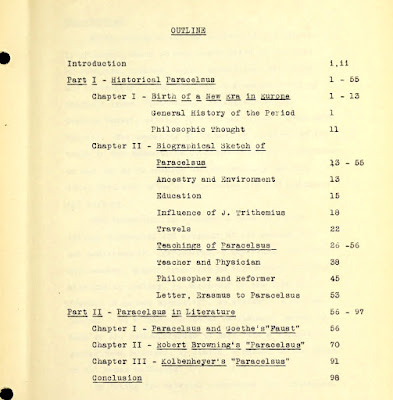 |
| They're called secondary sources for a reason. |
I am quoting at some length the book’s page 191 to entertain you. Plus a bonus. Egeland writes:
". . . to appease [Sylvia’s] sibling jealousy when Mrs. Plath was caring for her baby son, Mrs. Plath encouraged Sylvia to read the newspaper. What the busy mother with her hands full perhaps just devised as a way to redirect attention in specific situations, [psychoanalyst Benigna] Gerish invokes as:
"a desymbolizing and resymbolizing process in Plath’s inner world in which the emotionally loaded experience (jealousy and anger) is inadequately redirected into a world of symbolic speech, which binds and masks the emotion only enabling its distorted expression. (739) [1]*
"[Gerish adds that] the eczema Sylvia Plath supposedly suffered from as a child was very
likely a consequence of her mother’s profound ambivalence towards her. At the same time, the alleged eczema is not an issue addressed
in any of the biographies, and Gerish gives no sources to confirm
either its importance or its existence.** Aurelia Plath describes her daughter
as “a healthy, merry child -- the center of attention most of her waking
time” (Letters Home, 13)."***
"[A study by Lisa Firestone and Joyce Catlett proposes that their] "Voice Therapy" would have made Plath “able to feel the death wishes that her mother must have felt toward her (on an unconscious level) throughout her childhood” (1998, 687). Firestone and Catlett write that Aurelia Plath and Ted Hughes “both claimed to love her, while criticizing and attempting to control her life.”* They further maintain that Plath’s hostile attitudes to herself, to others, and to life in general were more representative of her mother’s views than her own (673).* No sources are stated in support of their pronouncements on either Mrs. Plath or Hughes.**
"[In the hypothetical Voice Therapy session] . . . “S.P.” gratefully confides to her therapist that the negative voice which has told her so many times how worthless and what a no-good writer she is, actually came from her mother, together with “the final command” to kill herself."* [2]
Bonus:
"Sylvia
Plath’s rage at her abandoning husband and at her late beloved father was
partly a displacement of anger toward her loving but smothering mother.* Her
schizoid pathology resulting from the symbiosis (along with her bipolarity)
helped prompt her suicide.* . . . In Ariel Plath attempted and succeeded
in turning herself into a tragic, mythic heroine, eventually drowning herself
in a gas oven as she would have in the ocean -- a key metaphor for her
mother."*
[1] Gerish, Benigna. "This is Not Death, It Is Something Safer:" A Psychodynamic Approach to Sylvia Plath, Death Studies, 22 (7), 1998, 667-692.
[2] Firestone, L. & Catlett, J. (1998). The treatment of Sylvia Plath. Death Studies, 22 (7), 1998, 667-692.
[3] Fierstein, F. A Psychoanalytic Study of Sylvia Plath. Psychoanalytic Review, February 2016, 103-26.
*But that's true, that's fact, I just know it!
**How rude to suggest that scholars cite sources.
***That's a barefaced lie!







